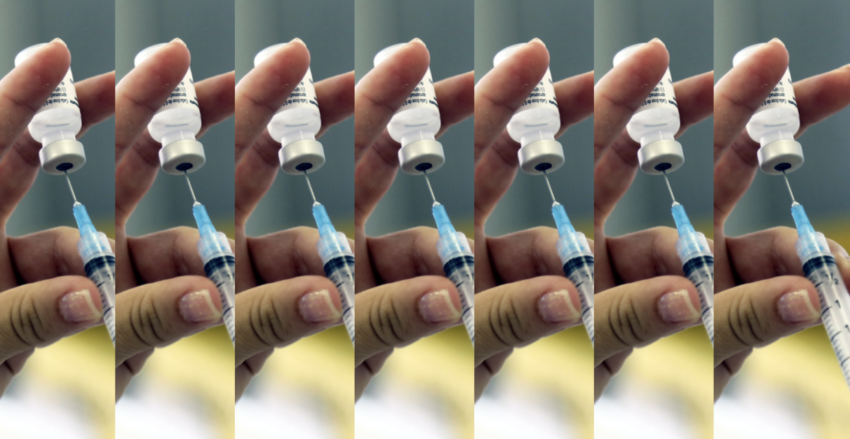MIT Technology Review – Here in the US, bird flu has now infected cows in nine states, millions of chickens, and—as of last week—a second dairy worker.
There’s no indication that the virus has acquired the mutations it would need to jump between humans, but the possibility of another pandemic has health officials on high alert.
Last week, they said they are working to get 4.8 million doses of H5N1 bird flu vaccine packaged into vials as a precautionary measure.
The good news is that we’re far more prepared for a bird flu outbreak than we were for covid. We know so much more about influenza than we did about coronaviruses.
And we already have hundreds of thousands of doses of a bird flu vaccine sitting in the nation’s stockpile.
…article continued below
– Advertisement –
The bad news is we would need more than 600 million doses to cover everyone in the US, at two shots per person. And the process we typically use to produce flu vaccines takes months and relies on massive quantities of chicken eggs.
Yes, chickens. One of the birds that’s susceptible to avian flu. (Talk about putting all our eggs in one basket. #sorrynotsorry)
This week in The Checkup, let’s look at why we still use a cumbersome, 80-year-old vaccine production process to make flu vaccines—and how we can speed it up.
The idea to grow flu virus in fertilized chicken eggs originated with Frank Macfarlane Burnet, an Australian virologist. In 1936, he discovered that if he bored a tiny hole in the shell of a chicken egg and injected flu virus between the shell and the inner membrane, he could get the virus to replicate.
New bird flu infections: Here’s what you need to know
…article continued below
– Advertisement –
New cases in cows and a dairy worker in Texas highlight the need for vigilance and better strategies to protect animals and people …
